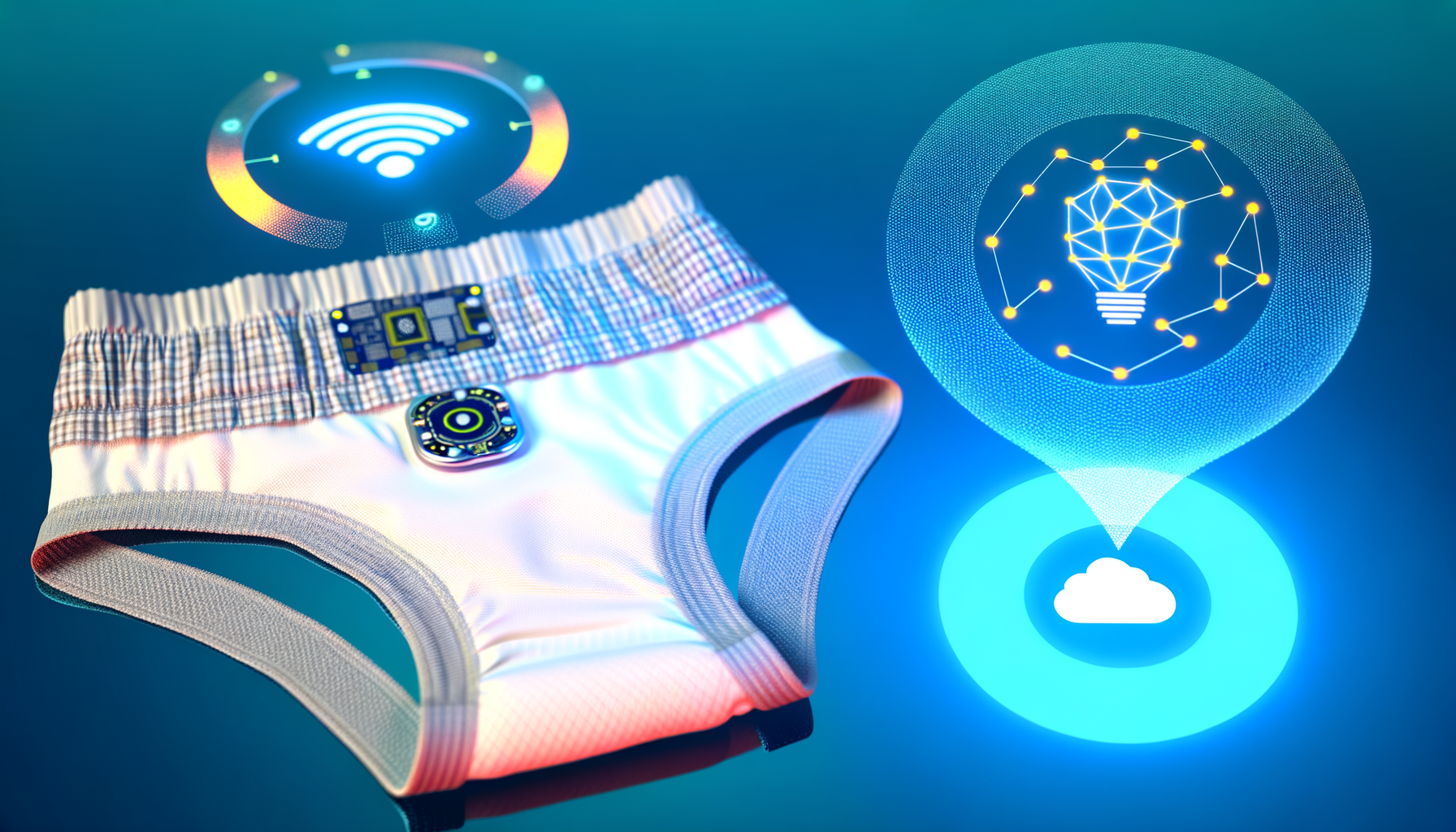The Future of Incontinence Care: Smart Sensors and IoT in Disposable Briefs
 Pranali Baderao
Pranali Baderao
Incontinence is a condition that affects millions of people worldwide, and managing it with dignity and convenience is paramount. Over the years, disposable underwear for incontinence has evolved significantly, offering enhanced comfort, discretion, and protection. Now, with advancements in technology, the industry is witnessing a transformative innovation: the adoption of smart sensors and Internet of Things (IoT) connectivity in incontinence briefs.
Understanding the Basics: What Are Smart Incontinence Briefs?
Smart incontinence briefs integrate micro-sensors and IoT technology directly into the fabric. These sensors detect moisture, temperature, and sometimes even bacterial presence in real-time. The data collected is then transmitted wirelessly to caregivers, family members, or healthcare providers via a connected app or platform.
The Driving Force Behind Smart Sensor Adoption
The adoption of smart sensors and IoT incontinence briefs addresses several key challenges traditionally faced by users and caregivers:
Discreet Monitoring: Users often feel discomfort or embarrassment about frequent checks for wetness or odor. Smart briefs reduce invasive checks, allowing discreet and dignified monitoring.
Enhanced Hygiene: Real-time alerts ensure timely changing, reducing risks of skin irritation, infections, or pressure sores.
Improved Caregiver Efficiency: Caregivers can prioritize care based on real-time alerts, optimizing their schedules and reducing unnecessary disturbance to users.
Data-Driven Insights: Long-term data analysis helps healthcare professionals tailor incontinence management plans more effectively.
How Smart Sensors Work in Incontinence Briefs
At the core, these smart briefs feature thin, flexible moisture sensors that detect liquid absorption levels. Some advanced models also incorporate temperature and pH sensors to monitor skin health more comprehensively. When a predefined threshold is met, the sensor sends an alert through Bluetooth or other wireless protocols to a smartphone or a dedicated monitoring device.
The connected app typically provides:
Notifications for immediate changing needs
Historical data visualization for tracking trends
Guidelines for skin care and maintenance based on sensor data
Advantages for Users and Caregivers
Greater Independence for Users: Elderly or physically impaired individuals can maintain autonomy with less frequent physical checks.
Reduced Abuse and Neglect Risks: Continuous monitoring diminishes the chance of incontinence-related neglect.
Personalized Care: Continuous feedback allows for prompt lifestyle or product adjustments, optimizing comfort.
Overcoming Challenges
While promising, integrating smart sensors also involves certain challenges:
Privacy Concerns: Ensuring user data is securely stored and transmitted is crucial.
Costs: Initial investment and sensor integration might increase product prices.
Battery Life & Durability: Sensors need to maintain functionality throughout the use cycle.
Manufacturers and developers are actively addressing these issues through robust encryption, cost-effective designs, and improved sensor materials.
Future Outlook
The future of disposable incontinence briefs lies in more sophisticated sensor arrays combined with AI-driven predictive analytics. Imagine a system that not only alerts when a change is needed but also predicts incontinence episodes based on activity and environmental cues. Integration with smart home devices and broader health monitoring systems can provide holistic care for users, vastly improving their quality of life.
Conclusion
The integration of smart sensors and IoT connectivity in disposable incontinence briefs presents a groundbreaking step forward in personal health management for those affected by incontinence. It empowers users with dignity, provides caregivers with critical insights, and opens new avenues for personalized healthcare. As technology continues to evolve, we can expect these innovations to become more accessible and widely adopted, transforming the way incontinence care is managed globally.
This convergence of healthcare and technology embodies the future - where comfort meets convenience, and care is smarter, not harder.
Explore Comprehensive Market Analysis of Disposable Underwear for Incontinence Market
SOURCE-- @360iResearch
Subscribe to my newsletter
Read articles from Pranali Baderao directly inside your inbox. Subscribe to the newsletter, and don't miss out.
Written by
